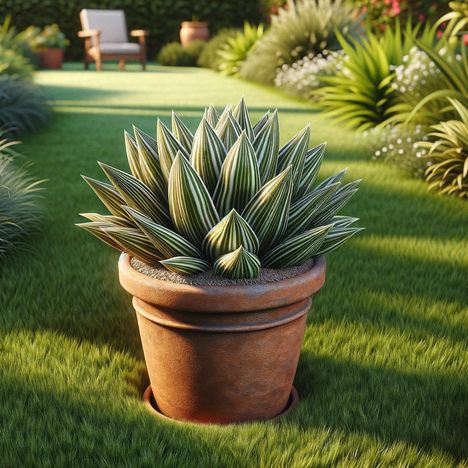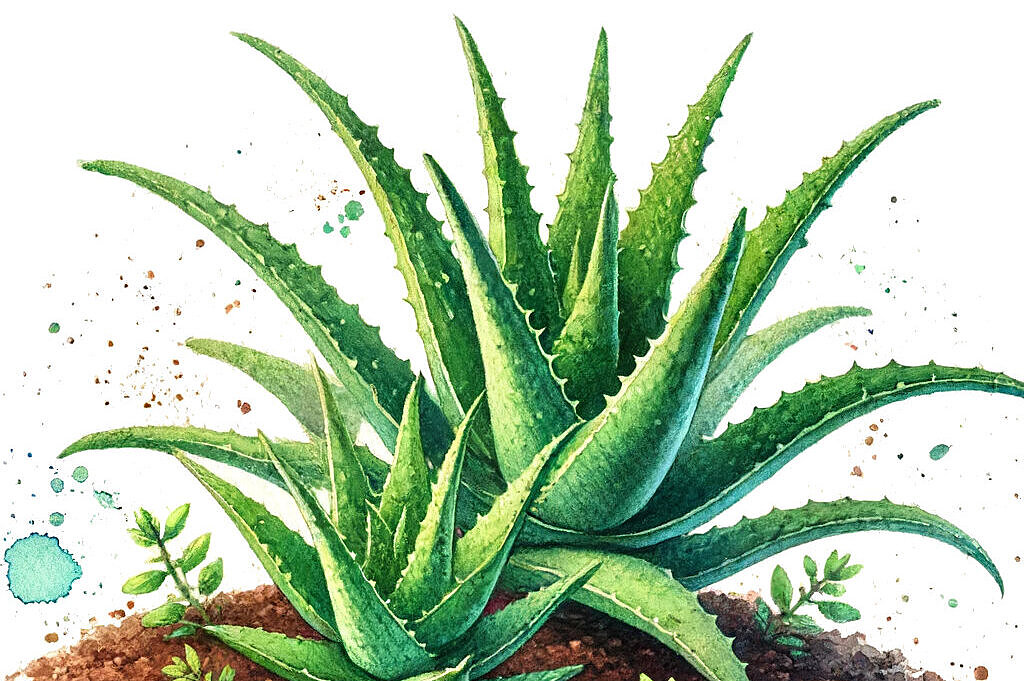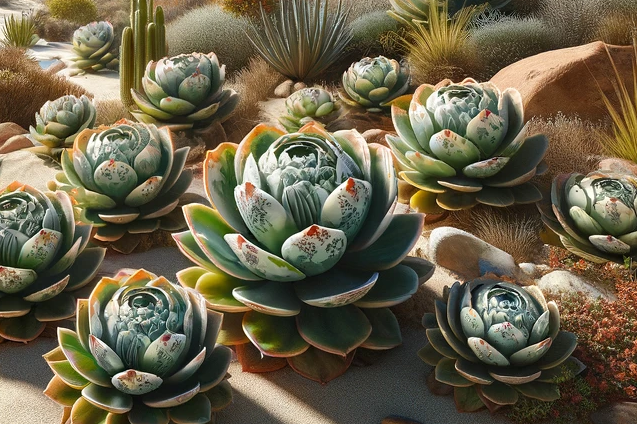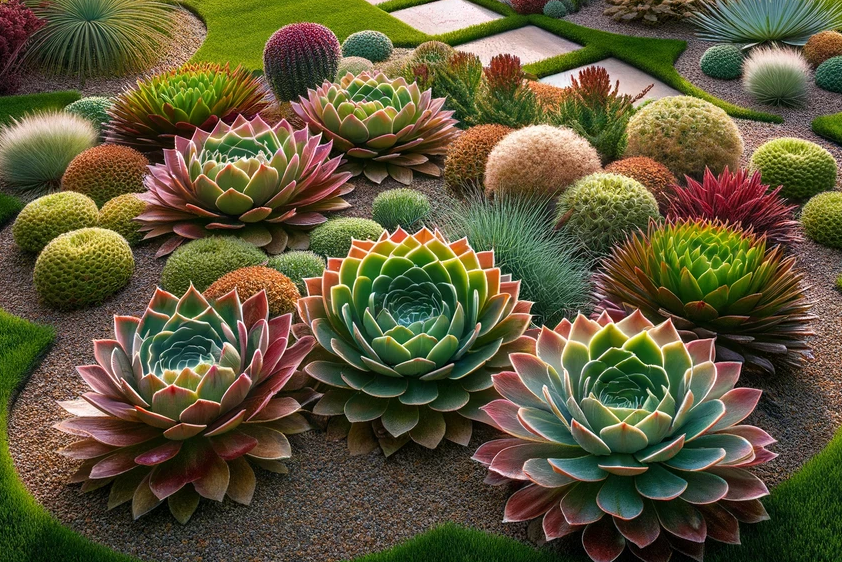Haworthia

What is Haworthia?
Haworthia is a genus of small, succulent plants belonging to the Asphodeloideae family. Haworthias are characterized by their fleshy, often spineless leaves that grow in rosettes. These plants are primarily native to South Africa and are characterized by a variety of shapes and patterns. Haworthias are popular because of their undemanding care - they require little water and cope well with indirect light, making them ideal inhabitants for living spaces.
Advantages of Haworthia in a dog household
Low toxicity
Unlike many other houseplants, Haworthia has a low toxicity to dogs. This means that if accidentally ingested by a dog, it will not usually cause serious health problems. This characteristic makes it a safer choice for households where the curiosity of four-legged friends could lead them to nibble on houseplants.
Air-purifying properties
Like many succulents, Haworthia can help to improve the air quality in the home. With their ability to absorb carbon dioxide and release oxygen, Haworthias can contribute to a healthier indoor environment that also benefits the animal inhabitants.
Possible disadvantages and considerations
Risk of injury
Although most Haworthia species are thornless, their sometimes firm leaves or pointed ends can pose a risk of injury to dogs during more intense interaction, especially to the eyes or mouth.
Gastrointestinal complaints
Despite their low toxicity, Haworthias can cause gastrointestinal discomfort in dogs if eaten in large quantities, such as nausea, vomiting or diarrhea. It is important to ensure that pets do not regularly nibble on plants.
Care requirements
Haworthias are low maintenance, but they still require some attention to thrive. Excessive water can lead to root rot and a lack of light will affect their growth. Care of the plant should therefore not be at the expense of attention to the pet.
Haworthias can be an attractive and relatively safe addition to a household with dogs, provided some precautions are taken. Their low toxicity makes them a better choice compared to many other houseplants that can cause serious health problems in pets. However, it is important to monitor the interaction between dog and plant to avoid injury and gastrointestinal discomfort. Overall, the Haworthia can maintain a harmonious relationship with four-legged family members as long as its grooming needs are met and the pet's safety is ensured. This keeps the Haworthia a green jewel in the home that is both pleasing to the eye and provides a safe environment for our dogs.
If you notice any signs of hypersensitivity or poisoning in your dog, you should see your vet immediately. We are not a substitute for a vet, but we try to be as accurate as possible. Every dog reacts differently and we recommend you get a second opinion or consult your vet if in doubt.
Stay healthy and take good care of your four-legged friend!😊
Similar to Haworthia
Aloe is a genus of succulents that includes over 300 different species. The best known and most commonly used species is aloe vera, also known as the desert lily. It originally comes from Africa and...
Gasteria is a genus of succulent plants that belongs to the aloe family and is mainly native to South Africa. These plants are known for their hard, often spotty leaf structure and their ability to...
Echeverias belong to the Crassulaceae family and are known for their rosette shape and variety of colors and sizes. Originally from the arid regions of Central and South America, they have...
Houseleeks belong to the family Crassulaceae and include various species of Sempervivum that are characterized by their rosette-shaped leaves and their ability to survive in extreme conditions....



